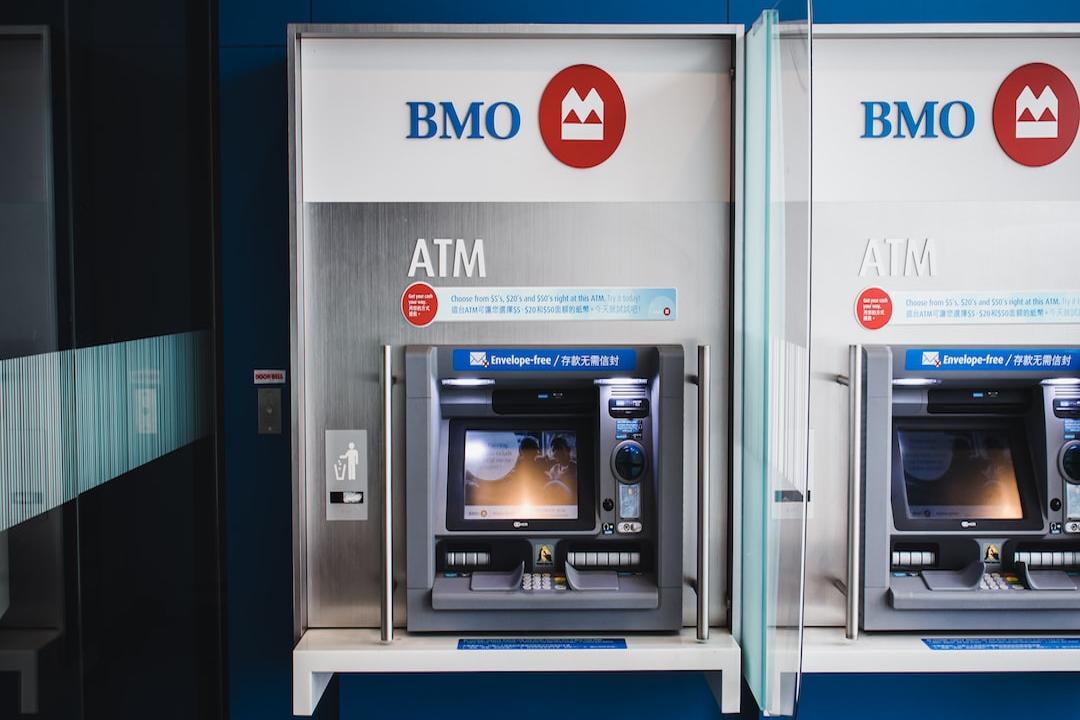Concerns have been raised by industry experts that the upcoming Bitcoin halving could result in increased centralization. The fear is that the reduction in block rewards will make older mining equipment unprofitable, leading to a concentration of hashing power in the hands of fewer miners. This trend towards mining pool centralization on the Bitcoin network has already been observed in recent years, but the halving is expected to worsen the issue and accelerate the trend.
Historical data from btc.com shows that, between 2016 and 2021, the top two mining pools controlled around 30-40% of the hash rate during any given three-day period. However, more recent data indicates a greater centralization of hashing power. As of February 28, the top two mining pools, Foundry USA and AntPool, controlled almost 50% of the network’s hashing power.
Data from mempool.space reveals that since Bitcoin’s inception, 26.55% of the total blocks have been mined by unknown or unaffiliated sources. Mining pools, such as F2Pool, accounted for 10.11% of all blocks over that period, while AntPool contributed 10.02%. However, in the last three years, Foundry USA mined 21.55% of all blocks, AntPool mined 18.78%, and F2Pool mined 14.25%. In the past three months, this centralization has increased, with Foundry USA mining 30.32%, AntPool mining 26.03%, ViaBTC mining 12.52%, and F2Pool mining 11.94%.
Experts, including Jesper Johansen, founder and CEO of venture capital firm Northstake, predict that the halving will lead to increased volatility in BTC mining, resulting in further centralization. Johansen explains that miners with higher operating costs and outdated setups may go offline due to the reduced profitability, leading to larger mining pools operating at lower marginal costs and intensifying centralization concerns.
The problem with centralized mining is twofold. First, it gives mining pools disproportionate influence over decisions concerning Bitcoin’s protocol updates or changes, potentially favoring their own interests over the broader community. Second, centralized mining creates risks for BTC, such as the potential blacklisting of certain products or services.
Bitcoin researcher Chris Blerc has long been warning about centralization, highlighting the fact that the top two mining pools already control 55% of the hashing power. These pools, AntPool and Foundry USA, are regulatory compliant and require miners to fulfill Know Your Customer obligations, effectively placing control in the hands of U.S. regulators.
The issue of centralization also raises concerns about censorship. Existing research has uncovered instances where mining pools have filtered or censored transactions. In November 2023, Bitcoin developer 0xB10C reported that certain transactions were being filtered out of blocks by mining pools. These transactions involved addresses sanctioned by the United States Office of Foreign Assets Control. F2Pool was found to have filtered out these transactions, but following community pushback, it reversed the decision.
While the halving may make mining less profitable, there are potential avenues for pursuing increased returns. Miners can earn income from newly minted BTC as well as transaction fees. The decrease in block rewards could be offset by an increase in network fees, and the slowing of supply inflation could further compensate miners in dollar terms.
Addressing the issue of centralization is challenging, as any drastic proposals to mitigate the problem would face opposition from Bitcoiners. Modifying the mining algorithm or adjusting rewards to favor decentralization would require widespread community consensus, which is difficult to achieve given the resistance to protocol changes among Bitcoin maximalists. Ultimately, miners will need to ride out the challenges posed by the halving and find ways to adapt.

